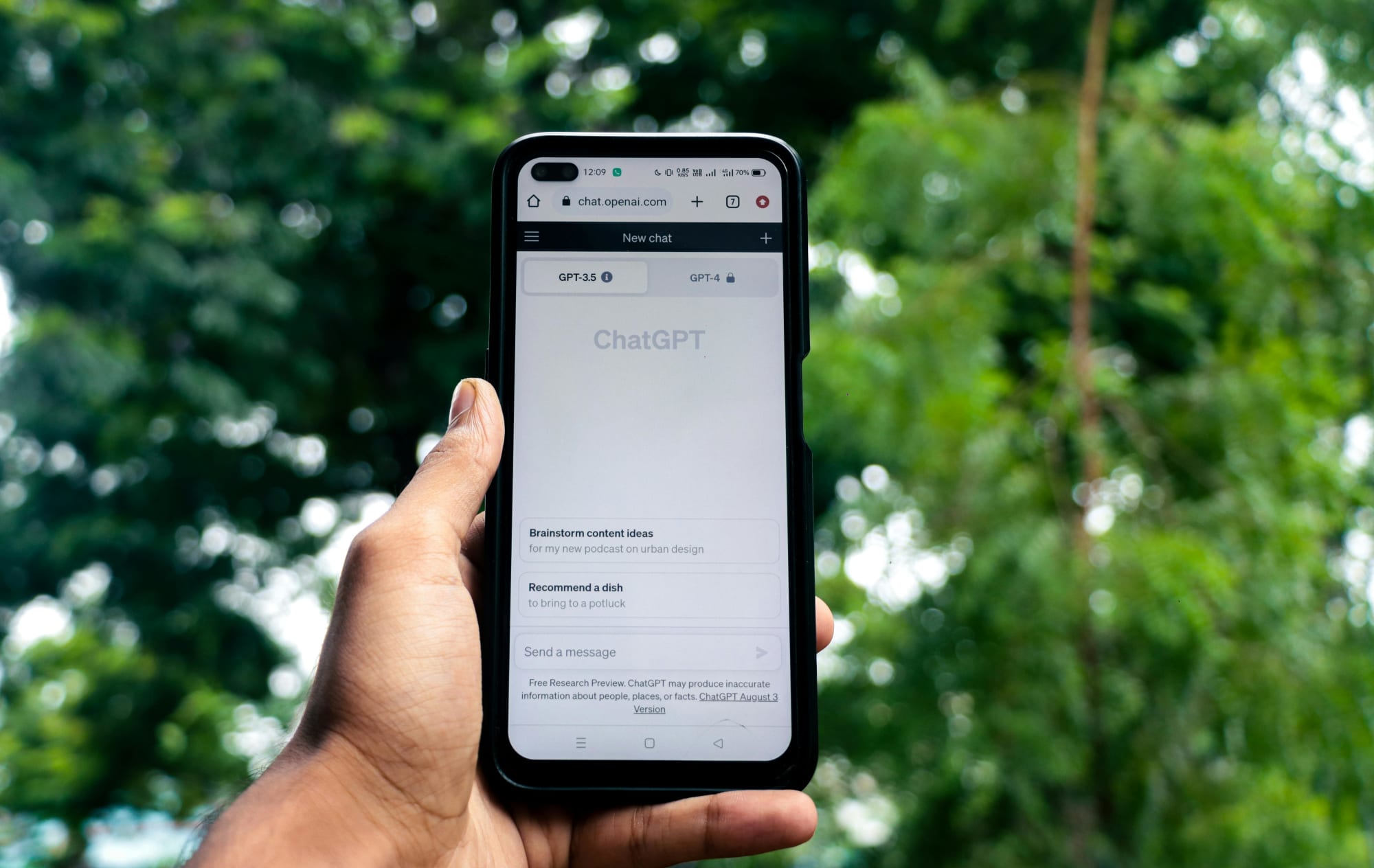Save
ATO targets identity theft and tax fraud with new guidelines
The guidance surrounding cyber crime has been developed by the ATO and the Tax Practitioners Board.
ATO targets identity theft and tax fraud with new guidelines
The guidance surrounding cyber crime has been developed by the ATO and the Tax Practitioners Board.

New guidelines on identity verification have been developed by the Australian Taxation Office (ATO) and the Tax Practitioners Board (TPB) in an effort to combat cyber crime.
The ATO and TPB warned that victims of cyber crime could suffer serious financial consequences regardless of whether they are an individual, small business or large company.
“We are increasingly concerned that criminals are committing tax refund fraud by stealing data and impersonating taxpayers,” said ATO Deputy Commissioner William Day.
“Protection of privacy and information is important for all Australians. Tax practitioners have a trusted role and these new guidelines will further help them to meet their obligations to secure the personal and financial details of their clients.”

The new proof of identity guidance from the TPB aims to help tax practitioners verify the identity of their clients and therefore reduce the risk of identity theft and tax fraud.
In addition, the complementary strengthening client verification guidelines released by the ATO are targeted at tax practitioners using the online services for agents system or practitioner lodgment services through software.
“In a period where cybercrime is becoming increasingly prevalent, maintaining best practices for client verification is vital,” said TPB chair Ian Klug.
“The TPB guidelines outline appropriate requirements for verification – this includes defining the documents to be sighted, maintaining records and recommendations about achieving remote verification of clients.”
The ATO and TPB said they had consulted extensively with industry and tax practitioners during the development of the guidelines, which are set to become the minimum standards in the future.
Mr Klug added that proof of identity systems had already been implemented by many tax practices as part of their risk management and governance processes.
“I encourage other tax advisers to review and update their systems as soon as possible,” he said.
“After an appropriate time for education, consultation, and transition, we will formalise these guidelines and their date of effect.”

Scams
Trend Micro forecasts a new era of AI-driven scams by 2026
In a comprehensive report released today, cybersecurity leader Trend Micro Incorporated warns that 2026 will mark a significant turning point in the evolution of scams, driven by artificial ...Read more

Scams
Australians urged to stay vigilant as holiday scammers ramp up activity
As the festive season approaches, Australians are being warned to be on high alert for a surge in scam activities. With the increase in online shopping, travel bookings, and holiday preparations, ...Read more

Scams
Scam alert: Trend Micro warns Aussies to be vigilant as Black Friday approaches
As Australians prepare to dive into Black Friday shopping, cybersecurity firm Trend Micro has issued a stark warning about a surge in scam activities targeting eager consumers. According to a recent ...Read more

Scams
Economic stress leaves Australians vulnerable to job and financial scams
As Australians brace for the holiday season, a significant increase in job and financial scams is raising alarms. New findings from global cybersecurity leader Trend Micro Incorporated reveal that ...Read more

Scams
AI-driven investment scams explode: Millions of fraudulent sites blocked, billions lost
In an alarming trend that has caught the attention of cybersecurity experts worldwide, the use of artificial intelligence (AI) in investment scams has surged dramatically. Between March and October ...Read more

Scams
From awareness to accountability: Banks turn scam prevention into a core P&L discipline
Scam Awareness Week is the headline, but the real story is a structural shift: fraud prevention is moving from compliance footnote to board-level performance driver. ANZ’s 15% reduction in scam losses ...Read more

Scams
Inside ANZ’s $100m scam‑fight playbook: how banks can turn awareness into prevention
Public-service messaging won’t stop modern scammers. Australia’s banks are moving from posters to prevention, blending AI, network controls and customer friction to change outcomes. ANZ’s program ...Read more

Scams
ANZ warns Australians to stay alert for scams during end of financial year
ANZ is warning customers to remain vigilant during the end of financial year period as scammers attempt to target Australians during tax time. Read more

Scams
Trend Micro forecasts a new era of AI-driven scams by 2026
In a comprehensive report released today, cybersecurity leader Trend Micro Incorporated warns that 2026 will mark a significant turning point in the evolution of scams, driven by artificial ...Read more

Scams
Australians urged to stay vigilant as holiday scammers ramp up activity
As the festive season approaches, Australians are being warned to be on high alert for a surge in scam activities. With the increase in online shopping, travel bookings, and holiday preparations, ...Read more

Scams
Scam alert: Trend Micro warns Aussies to be vigilant as Black Friday approaches
As Australians prepare to dive into Black Friday shopping, cybersecurity firm Trend Micro has issued a stark warning about a surge in scam activities targeting eager consumers. According to a recent ...Read more

Scams
Economic stress leaves Australians vulnerable to job and financial scams
As Australians brace for the holiday season, a significant increase in job and financial scams is raising alarms. New findings from global cybersecurity leader Trend Micro Incorporated reveal that ...Read more

Scams
AI-driven investment scams explode: Millions of fraudulent sites blocked, billions lost
In an alarming trend that has caught the attention of cybersecurity experts worldwide, the use of artificial intelligence (AI) in investment scams has surged dramatically. Between March and October ...Read more

Scams
From awareness to accountability: Banks turn scam prevention into a core P&L discipline
Scam Awareness Week is the headline, but the real story is a structural shift: fraud prevention is moving from compliance footnote to board-level performance driver. ANZ’s 15% reduction in scam losses ...Read more

Scams
Inside ANZ’s $100m scam‑fight playbook: how banks can turn awareness into prevention
Public-service messaging won’t stop modern scammers. Australia’s banks are moving from posters to prevention, blending AI, network controls and customer friction to change outcomes. ANZ’s program ...Read more

Scams
ANZ warns Australians to stay alert for scams during end of financial year
ANZ is warning customers to remain vigilant during the end of financial year period as scammers attempt to target Australians during tax time. Read more













